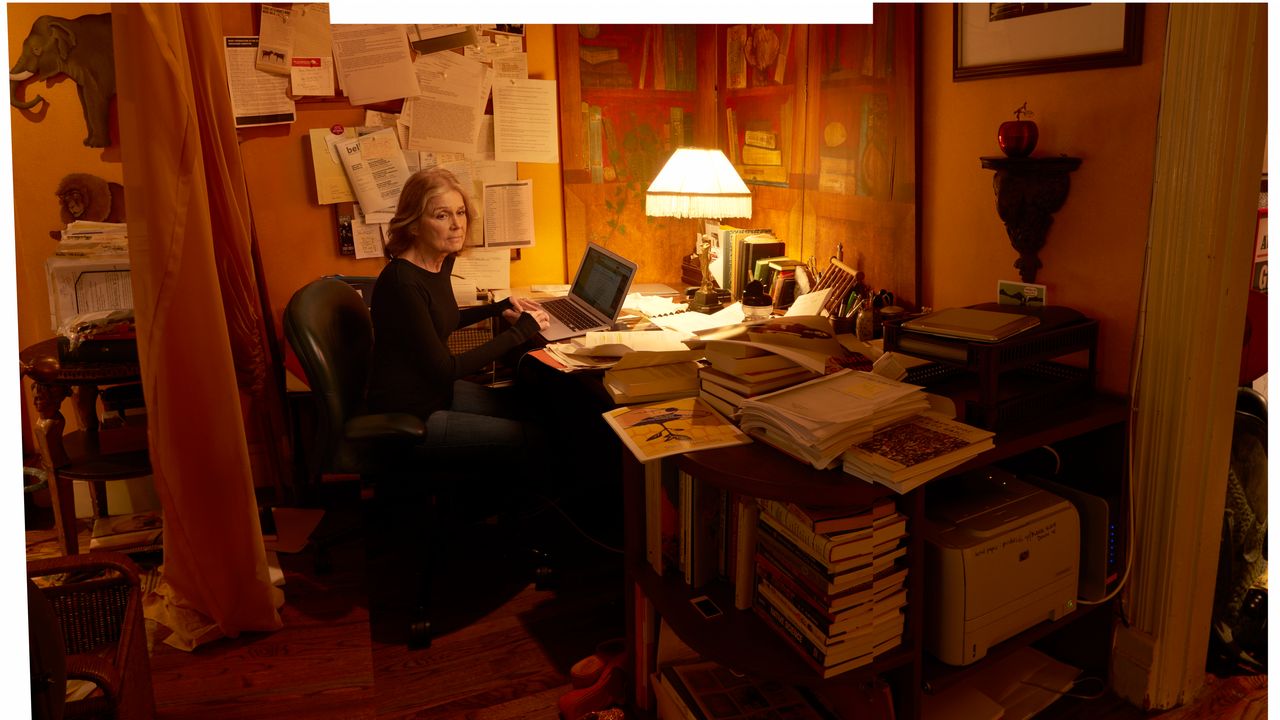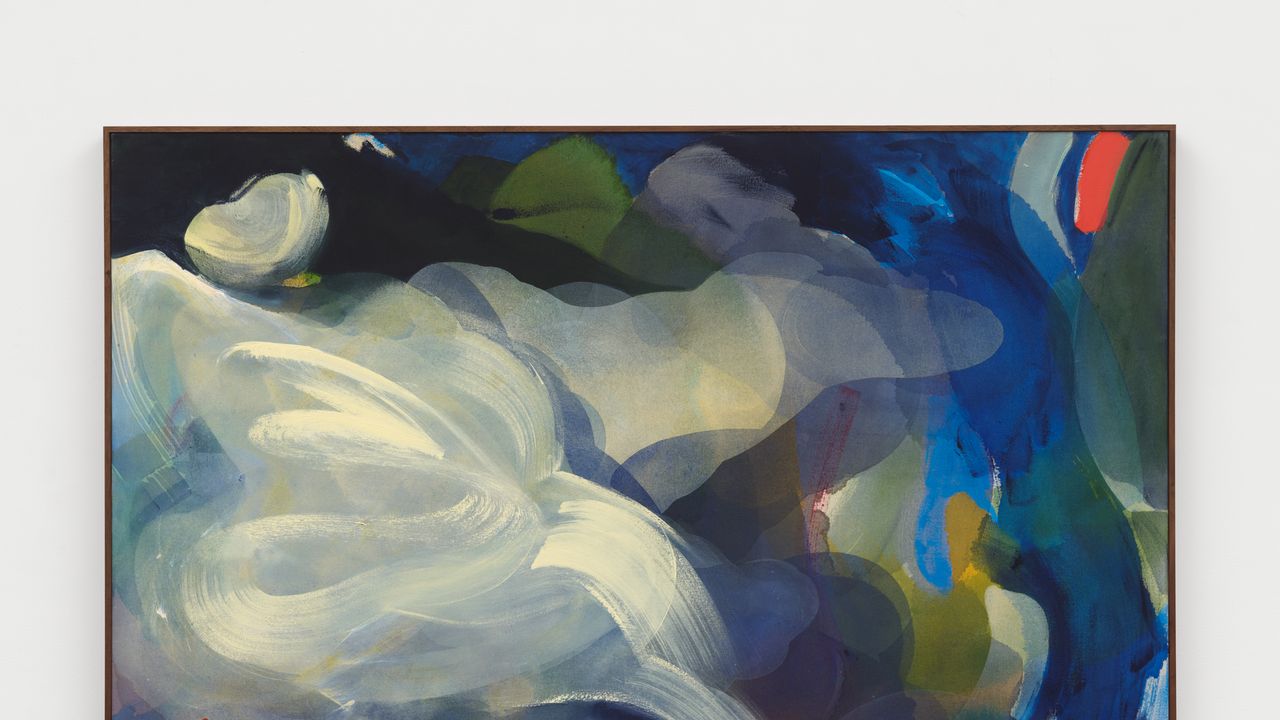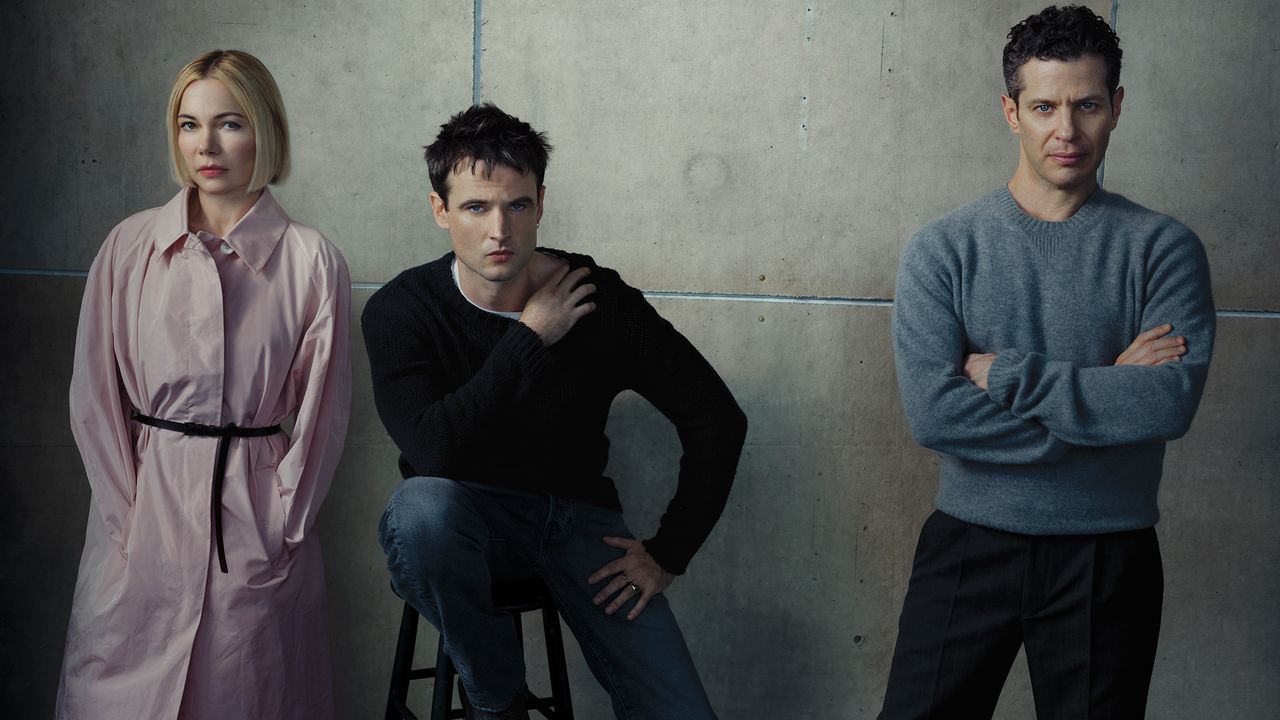In 1988, Annie Leibovitz met Susan Sontag throughout a shoot to help Sontag’s upcoming work of essential principle, AIDS and Its Metaphors. A dinner adopted, for which the photographer anxiously ready, studying Sontag’s writing, taking notes. It might be the beginning of a relationship that lasted 15 years, with Sontag catalyzing Leibovitz’s momentous quantity of portraits Girls (first revealed in 1999). “A ebook of pictures of ladies should, whether or not it intends to or not, increase the query of ladies,” Sontag wrote within the introduction. “There isn’t a equal ‘query of males.’ Males, not like girls, are usually not a piece in progress.”
The query of ladies—it’s a ridiculously giant question. However Sontag’s argument was for capaciousness: “The purpose is that every one the pictures are legitimate,” she asserted. “A girl could also be a cop or a magnificence queen or an architect or a housewife or a physicist.” Twenty-five years later, the litany appears nearly quaint—a Richard Scarry–esque array of occupations, any of them open to a younger woman!—and but nonetheless a related gesture towards the careers the place girls stay underrepresented. (Solely a couple of quarter of physicists and licensed architects in the USA are feminine.)
This fall, the tackling of this thorny matter continues with a brand new version of Girls (Phaidon), which pairs the 1999 assortment with more moderen pictures, taken between 1993 and at this time, alongside new essays by Gloria Steinem and Chimamanda Ngozi Adichie. (Its publication coincides with an exhibition of Leibovitz’s work, titled “Wonderland,” on the Marta Ortega Pérez Basis in A Coruña, Spain.) As Leibovitz writes in her introduction, the brand new work is an evolution: “For this quantity, I thought of points which can be vital at this time.” So there are photographs of poet Amanda Gorman and Toni Morrison; of Shonda Rhimes on set and Ketanji Brown Jackson in Washington, DC; of Katie Ledecky in a Maryland pool and Sarah Zorn at The Citadel army faculty, the place she was the primary feminine regimental commander within the college’s historical past. “That ladies have made financial and political strides is just not in dispute,” writes Adichie, “however we’re nonetheless very far-off from the final word purpose of feminism, which is to make itself redundant.”


